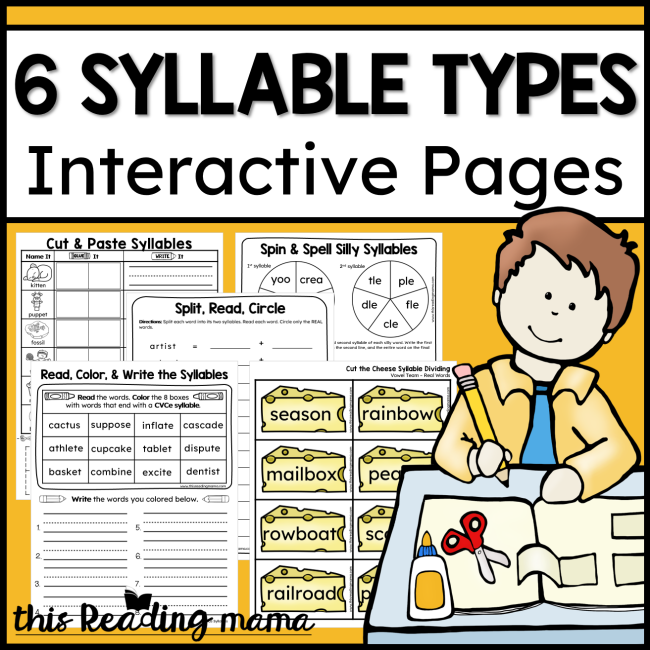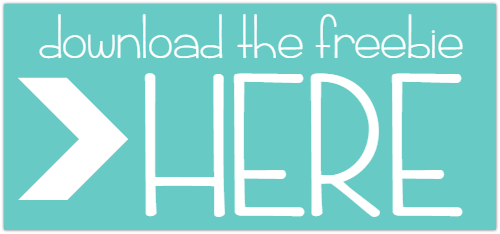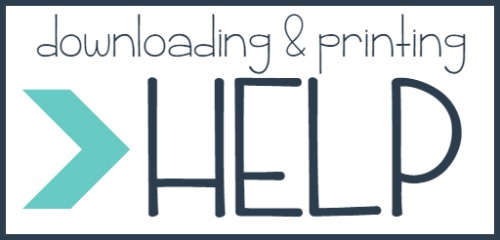Do you want to know how to teach open syllables to your readers? Maybe you teach struggling learners or you just don’t know where to start.
Find all the freebies and videos in our series, Tips for Teaching Syllable Types.

*Scroll down to the bottom of this post to find the teal download button for the freebie.
**This post contains affiliate links.
How to Teach Open Syllables
After closed syllables, open syllables {or V/CV syllables} are the second kind of syllable I recommend that we teach our learners. If your learners can read words like we or go, they are ready to learn how to apply that knowledge to read longer words like zero.
It’s not that simple for our struggling learners, though. It’s important that we teach open syllable words in an explicit way, breaking down the process of decoding so all our readers can be successful. That’s what you’ll find in this video, How to Teach Open Syllables. I encourage you to…
1. Watch the Video to Learn:
- A suggested order for teaching open syllable words.
- A step-by-step process* learners can use to help them break apart and successfully read open syllable words.
- Watch on YouTube or Rumble
*The steps share in this video come from the things I learned while getting my grad certificate in Dyslexia and LBLD and two curricula based on Orton-Gillingham- Wilson Reading and All About Reading.
2. Snag the Freebies:
Snag the FREE Open Syllable Read & Divide printables at the very end of this post. They’ll give your learners a NO PREP way to practice reading real and nonsense open syllables.
Scroll below and click the teal button to grab your freebie! Then make sure to hop over and grab our 6 Syllable Types Interactive Pages for even more syllable learning!
Enjoy teaching syllables!
~Becky



Thank you for these great videos- closed syllables and open syllables. I’m so glad that what I do is so similar to what you do. I trust your philosophy of teaching reading and again, I’m glad I have learned the same things. I’ve also used your two main publishers: Wilson Language and All About Learning. They are awesome! Your materials are always spot on to what I want and need to teach my intervention students.
You’re very welcome. This has been a fun series to prepare. It’s fun to continue to learn and grow as an educator, and I’m glad I can share that with others! 🙂
Thank you so much for this helpful video!
Just subscribed and looking forward to helping my little students learn with your help.
You’re welcome! Enjoy! 🙂
Thank you for this! I’m trying to think of how I can have my husband build little doors for the vowels!!🤣
Sounds like a fun project! 🙂
I don`t see any real difference between Closed and Open syllables?? Example : DUTY is a vowel -U followed by a Consonant..According to the rule An open syllable is a syllable with a long vowel sound where the vowel is open, meaning there is no consonant after it. So how can this be true? DUTY there is a vowel followed by a consonant ??? a closed syllable is a vowel followed by a consonant such as DISH
but again i see no difference a Vowel followed by a consonant?
Yes, your definition is correct. An open syllable is not closed in by a consonant. So, in the case of DUTY, the word is broken down into two syllables as DU – TY, with two open syllables, which both end with vowels. Does that help?